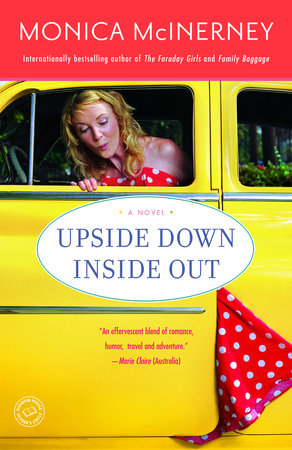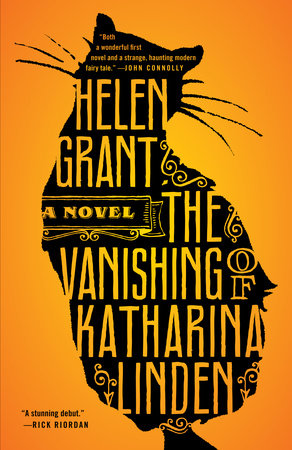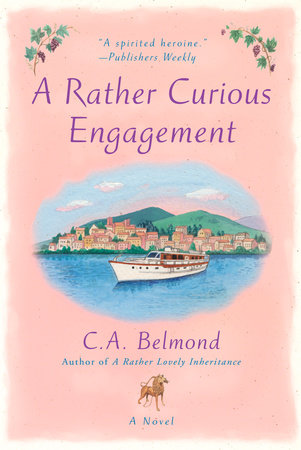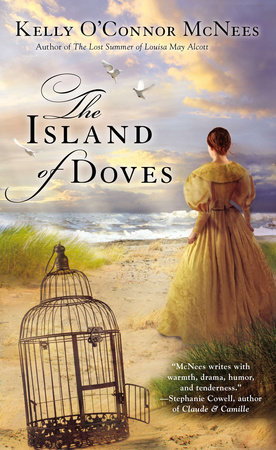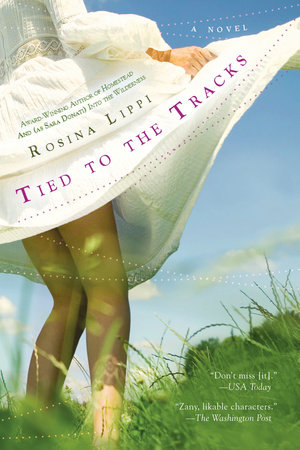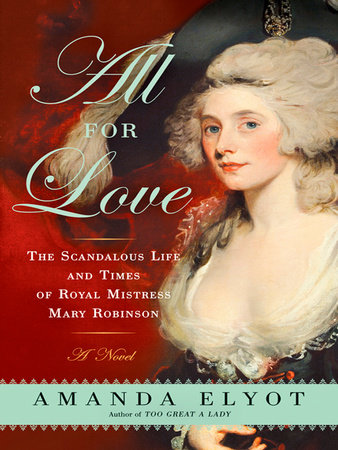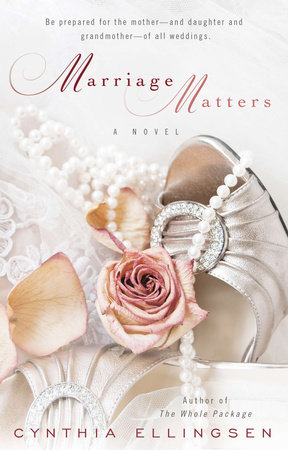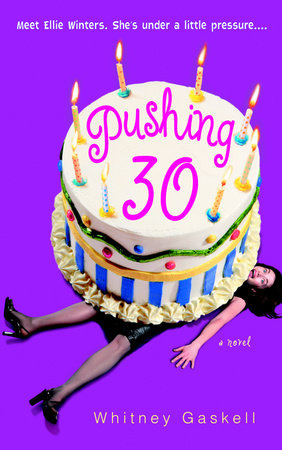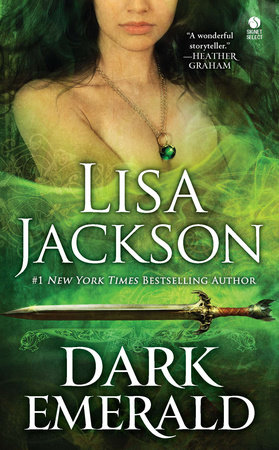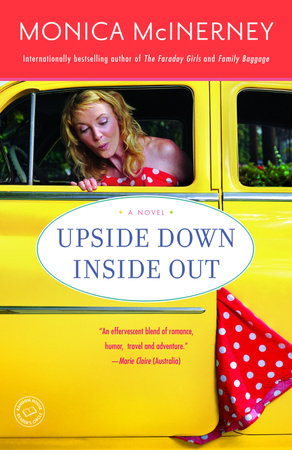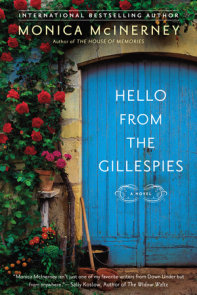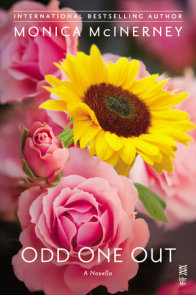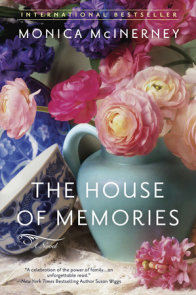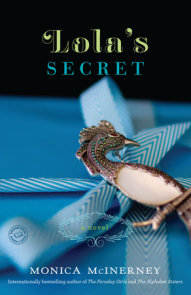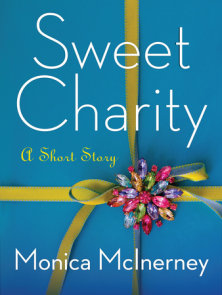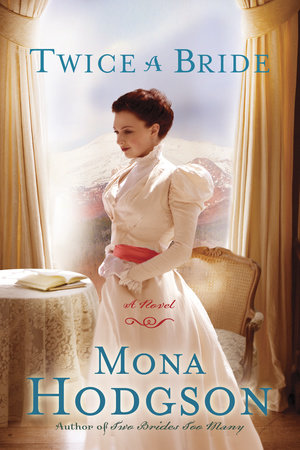Author Q&A
A CONVERSATION WITH MONICA MCINERNEY
Random House Reader’s Circle: What was the writing experience like for Upside Down Inside Out? Have your methods or approaches regarding writing changed over the years?
Monica McInerney: With Upside Down Inside Out, I decided I wanted to follow two main characters, letting the reader in on both of their lives, watching them grow closer and closer, even as their lives and lies got more mixed up. I wrote it as it unfolds for the reader– layer on layer, switching back and forth between Eva and Joseph’s stories, and not sure myself until the end how and when Eva would tell the truth about herself, and also how she would learn the truth about Joseph.
I still like to write that way, learning about the characters and their stories as I go along so no, I don’t think my writing methods have changed all that much from one book to the other. I’m also still just as interested in the layers of secrets and misunderstandings we humans surround ourselves with. I find secrets, lies, mishaps, and misunderstandings make such wonderful material for fiction, especially set against a backdrop of a complicated family or a growing romance.
RHRC: Eva and Lainey, while both delightful, compelling characters, are very different from each other. Do you see yourself in either of them? Or do your characters tend to be pure invention?
MM: My characters’ emotions are definitely autobiographical. I’ve experienced all that Eva and Lainey go through: fear, happiness, jealousy, frustration, anger, love, hurt, misunderstandings, etc., but the actual events they go through in the novel are pure invention.
RHRC: One of this novel’s main themes is seeking happiness–through work, love, travel, friendship–and it’s inspiring how both Eva and Joseph change their lives throughout the course of the narrative. Do you think it’s as possible in real life?
MM: I do. I love the endless possibility of life, how one small step can set many other events in motion, how taking what seems like a big risk can sometimes bring so many wonderful and unexpected returns.
RHRC: You so deftly and accurately portray the tension and jealousy Eva occasionally feels toward Lainey. Why do you think friendships between women are often so complicated?
MM: Women invest a great deal in their friends, I think–particularly as young women, when we are still learning how we feel about so many big issues–career, relationships, families–while at the same time forming our own personalities. We “trial” many of our bigger feelings on our friends, wanting and expecting 100 percent loyalty and support and understanding alongside the fun and the laughter and the big nights out. That can mean wonderful, close relationships, but the stronger the bonds, the higher the expectations–and sometimes the bigger the disappointment if it all goes wrong.
RHRC: You wonderfully evoke Ireland and Australia in the book, and are obviously able to do so because you’ve lived in both places. Is there one country you prefer over the other? What are your favorite haunts in each? Why is travel such an integral part of so many of your books?
MM: I’m very glad, and fortunate, that I can think of both Australia and Ireland as “my” countries, though for the past six years, practically speaking, Ireland has been home. Poor Ireland gets bad press for its weather, but I have to confess it’s one of the things I love most about living here. I am a cold-weather girl, and the longer I’m away from Australia, the harder I find the heat there. I love many things about both places– the space and the light of Australia, the history and quirkiness of Ireland. My favorite places in each constantly change–I love the mood and the liveliness of Melbourne, the ancient and beautiful Flinders Ranges of South Australia, and the big, empty beaches you can find all around Australia. In Ireland, I especially love the wildness of County Donegal and also the unexpected treats of the Phoenix Park, with its open fields, deer, chestnut trees, and squirrels, right in the center of Dublin.
All of my books have a strong focus on travel because I know from firsthand experience how it can change your life. I love the adventure and uncertainty of it, in real life and in fiction–taking a person out of their normal life and dropping them into new surroundings immediately creates all sorts of dramatic possibilities.
RHRC: This novel has a sequel: Spin the Bottle. Did you write Upside Down Inside Out intending to follow some of the same characters in the next book, or was that a decision you made later? Do you ever consider borrowing characters from your previous novels for any of your future books?
MM: About two-thirds of the way through writing Upside Down Inside Out, I decided that my next novel (which would become Spin the Bottle) would be a sequel. I found Lainey so intriguing that I wanted to know more about her. I also wanted to explore the Irish emigrants’ experience, how it feels to return home after years away from Ireland. Lainey and her family were the perfect candidates.
I haven’t used any other recurring characters in my books since then, though wine from the Clare Valley (my hometown) does pop up in most of my books, even in just a passing reference.
RHRC: Do you plan out the entire plots of your novels before you begin writing? Or do they get figured out as you go along? Is this difficult if you have a logistically complex story such as Upside Down?
MM: I have the scaffolding, or the skeleton, in place in my mind when I start writing, but once I start I’m often surprised by the twists and turns that appear and the directions in which the characters go, physically and emotionally. I felt like a puppeteer with Upside Down sometimes, making Eva and Joe do one thing first, and then head in another direction soon after. It’s a very enjoyable feeling.
RHRC: Reading your novels is like an escape: Readers can travel and fall in love vicariously. Is that your intent when you set out to write a novel, or does it vary for each book? What do you most want your readers to come away with after finishing Upside Down Inside Out?
MM: I hope my readers feel like they’re right there with my characters, traveling, having adventures, making mistakes, falling in love, experiencing all the twists and roundabouts of life. It’s how I love to feel when I’m reading a book and it’s something I try hard to make happen with my own stories. I hope readers close the covers on Upside Down and feel like they’ve been on that journey with Eva and Joseph, and know that despite all the misunderstandings and mishaps, the two of them will be okay and that there’s been a rich and satisfying end to their story. And of course, if my readers really want to find out what happens next, they can also read Spin the Bottle!
RHRC: Are you working on a new book?
MM: Yes, I’m in the early “thinking” stage of my next novel. It means I’m doing lots of daydreaming about plots, collecting possible names for characters, deciding on locations, and soon the research and writing will begin too.
